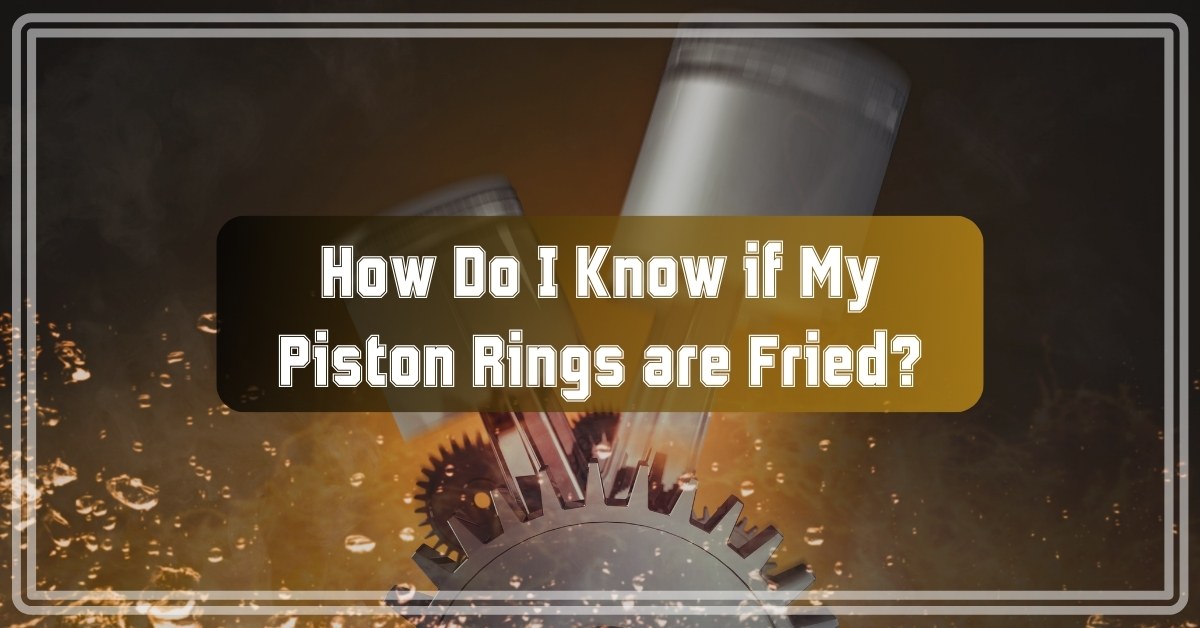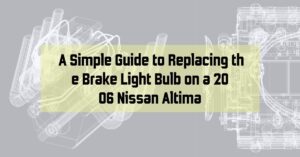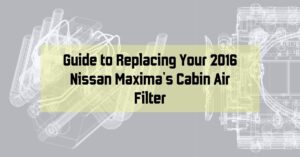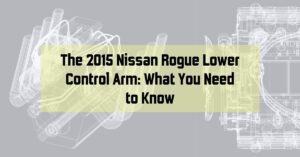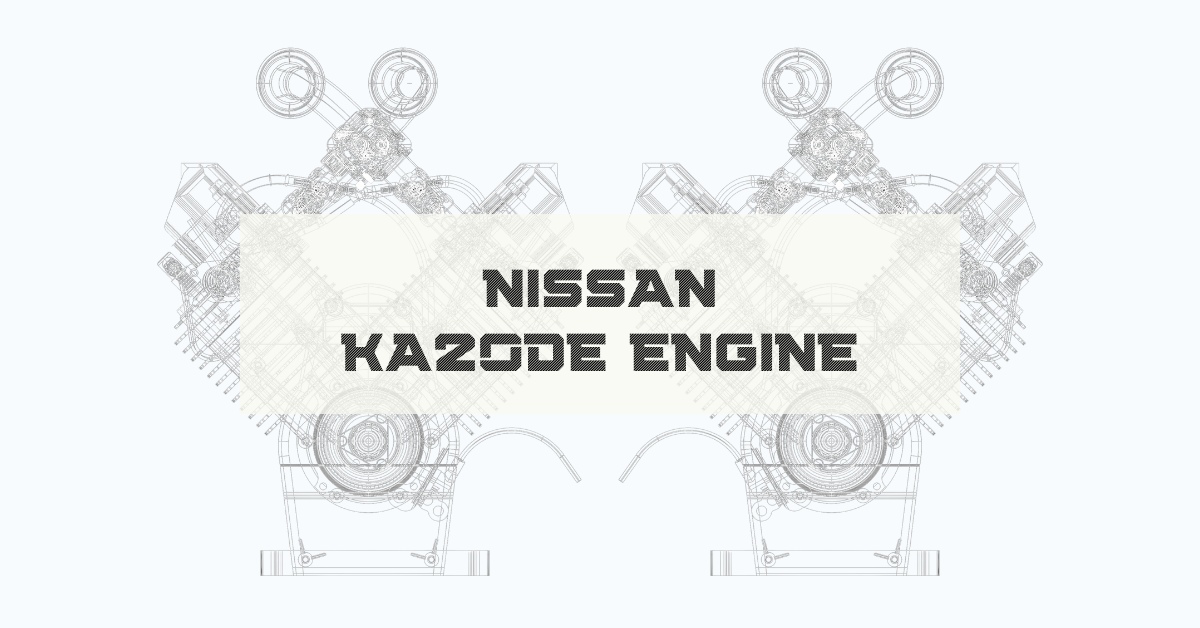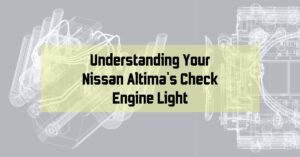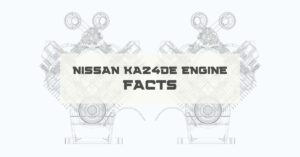The piston rings in your vehicle’s engine are accountable for managing oil pressure and controlling engine oil usage. Broken or worn engine piston rings will generally result in many issues and will certainly need some engine repair work, which could include a full engine rebuild. Below are some indications that might suggest your car or motorbike has fried one or more piston rings.
Piston Ring Types
Three piston rings per cylinder are frequently fitted in modern vehicles. Two rings: one holds and directs engine oil where it should go in the car, while the other holds back combustion gases. The various varieties of piston rings and their roles in the engine are listed below.
Pressure compression rings
Compression rings seal the top of the piston, preventing gas leakage. Although different automobile models can have them in various locations, these rings are typically on the principal piston grooves. Additionally, these rings allow the piston to transfer heat to the piston walls. The compression rings shear the oil layer left behind by the oil ring.
Wiper rings
Wiper rings support the pressure compression rings. They remove extra oil from the liner surface and are located beneath the compression rings. Additionally, they support the compression rings by preventing any potential gas leaks.
To properly wipe oil while the piston and crankshaft move, wiper rings have a tapper angle facing downward. Because the wiper rings remove more oil at the combustion chamber when positioned incorrectly, there is excessive oil consumption.
Scrapper oil control rings.
As suggested by their name, oil control rings govern how much lubrication oil passes through the cylinder walls. The rings cover the entire diameter of the liner with a uniform layer of oil.
The oil that has been sprayed onto the cylinder walls is removed by scrapper rings. They return the crankcase with this used oil. Additionally, they stop oil from slipping through the restricted area between the ring and the cylinder.
Typical signs of worn-out piston rings
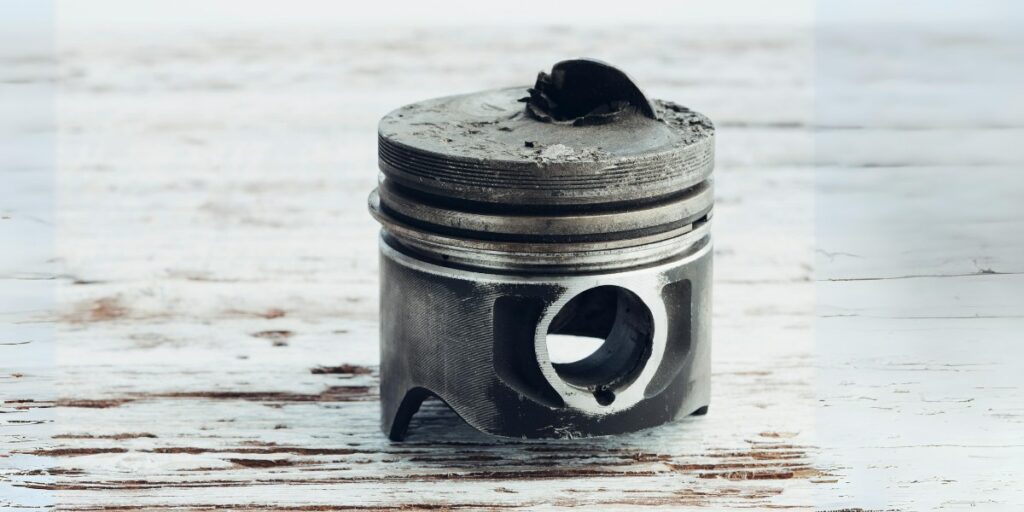
Issues with your engine’s piston rings typically show signs or indicators that resemble some of the other issues associated with low compression in a car engine. While defective piston rings do not solely create the following signs, they are an excellent indication that you ought to at least inspect the rings for wear and to see if they have to be changed.
Below is a list of the most typical signs of bad piston rings:
- White or gray smoke coming from the exhaust
- Extreme oil usage
- Low power for acceleration when starting up or overtaking
- Loss of power overall.
If you think your engine may have badly worn piston rings, or if your car shows any of the above signs, you must discuss the situation with mechanic engineers. They can carry out a compression trial run on each engine cylinder. This simply involves removing each spark plug, inserting a compression tester, and starting the engine.
By testing each engine cylinder in turn, a professional mechanic can report the extent of wear on each piston. This series of compression tests and a full engine diagnostics test will enable us to give recommendations about the next stage to rectify any problems found.
How do you make piston rings last longer?
How to fix problems that come up at sea and how to keep them from happening in the first place.
Run your engine at a lower rate.
If you think your marine piston rings might be having trouble, you could run your engine at a lower RPM so the pistons don’t have to fire as often. If your engine’s pistons are moving all the time for hours on end, you’ll probably have problems a lot sooner than if you take it easy on it.
When problems start to appear, some people try to speed home because they’re afraid they won’t make it, but if you take it easy, your piston rings have a much better chance of making it.
Perform routine maintenance checks.
Before and after a long trip, you need to do things to make sure your engine is in good shape.
Over time, the fuel chemicals can mix with the oil in the rings, making the oil less effective and causing parts to rub together and wear down. This buildup of harmful compounds can be stopped by checking your engine occasionally and cleaning out any dirt that has started to gather. The piston rings will last longer and wear less.
Will I need a full engine rebuild?
It is impossible to answer that question until we have done our compression tests and run our diagnostic software programs. It may be necessary to consider the possibility of full engine rebuilds (or just the top half of the engine being rebuilt). Still, we obviously can not make that recommendation without more detail about the car’s condition.
Piston rings are essential for engine efficiency, controlling oil pressure and usage. When these rings wear out, they can cause significant issues, potentially leading to extensive repairs or a full engine rebuild. Recognizing symptoms like white or gray exhaust smoke, excessive oil consumption, and loss of power is crucial. A professional mechanic can conduct compression tests to determine the extent of wear and the necessary repairs, including replacing the rings or more comprehensive engine work.
Prompt and proactive care of piston is vital for immediate engine health and long-term performance and durability.
